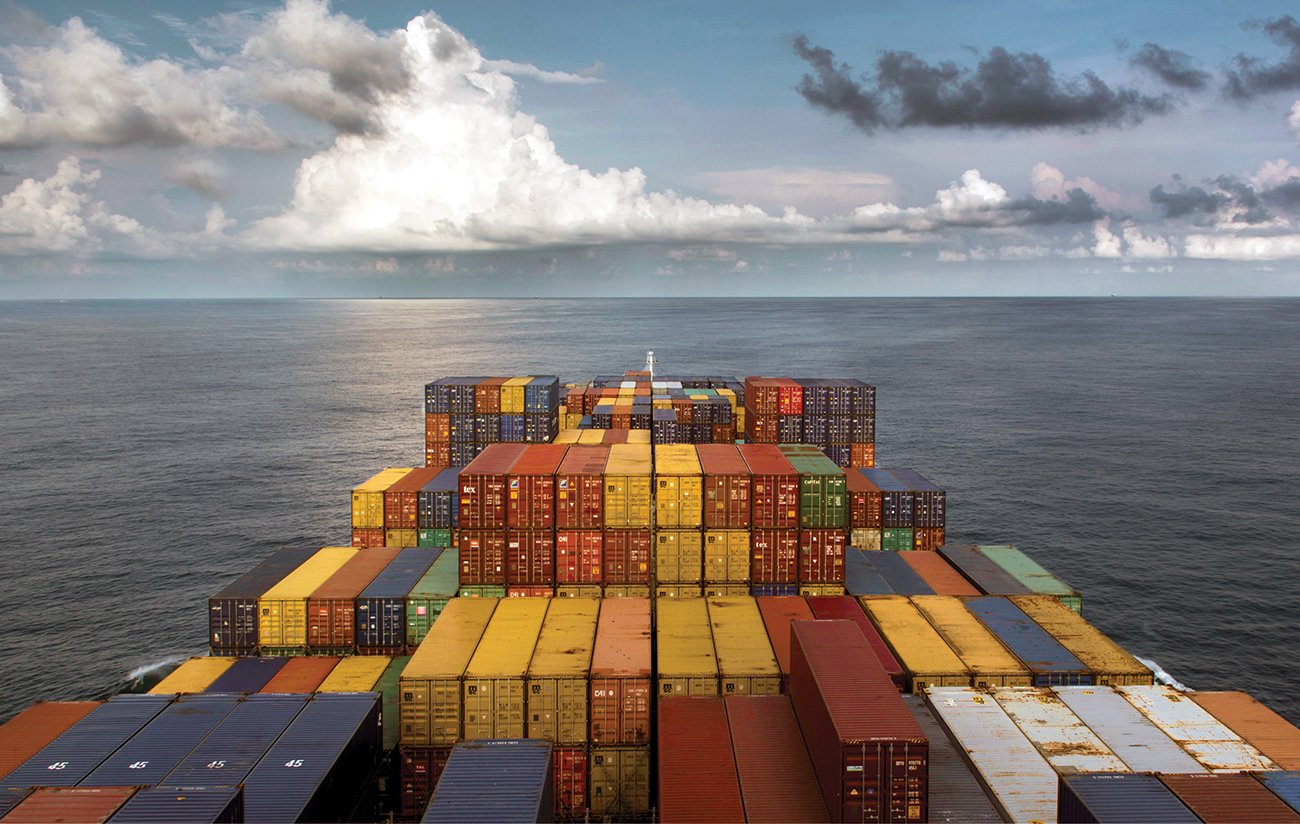On February 24, the one-year anniversary of the Russian assault on Ukrainian sovereignty, the US issued a fresh round of sanctions, targeting more than 100 individuals and entities, and placing further restrictions on the country’s metals and mining sectors.[1]
Sanctions enforcement can sometimes feel like a game of cat and mouse. Starting with Russia’s annexation of Crimea in 2014 and expanding sharply following Russia’s invasion of Ukraine in February 2022, the US and European Union have imposed increasingly encompassing economic restrictions on entire sectors of the Russian economy, along with bans on doing business with certain individuals in Russia’s oligarch class and within President Vladimir Putin’s inner circle.
Measures include bans on imports of advanced technology and luxury goods to Russia coupled with prohibitions on key Russia exports, including gold, crude oil, and refined petroleum products.
Despite the multiple pain points created by these various sanctions programs, the Russian economy appears to have stabilized. To remain economically viable and continue its costly war in Ukraine, Russia has found new buyers and developed gray markets for its natural resources, including precious metals and energy.
In addition, a recent financial trend analysis from the US Department of the Treasury’s Financial Crimes Enforcement Network, or FinCEN, found that a number of members of the Russian oligarch class purchased high-value goods, including jewelry, art and real estate, outside of Russia in the lead up to the invasion, a practice that continues.[2]
The result has been constantly evolving frontiers for those seeking to combat Russian sanctions evasion.



